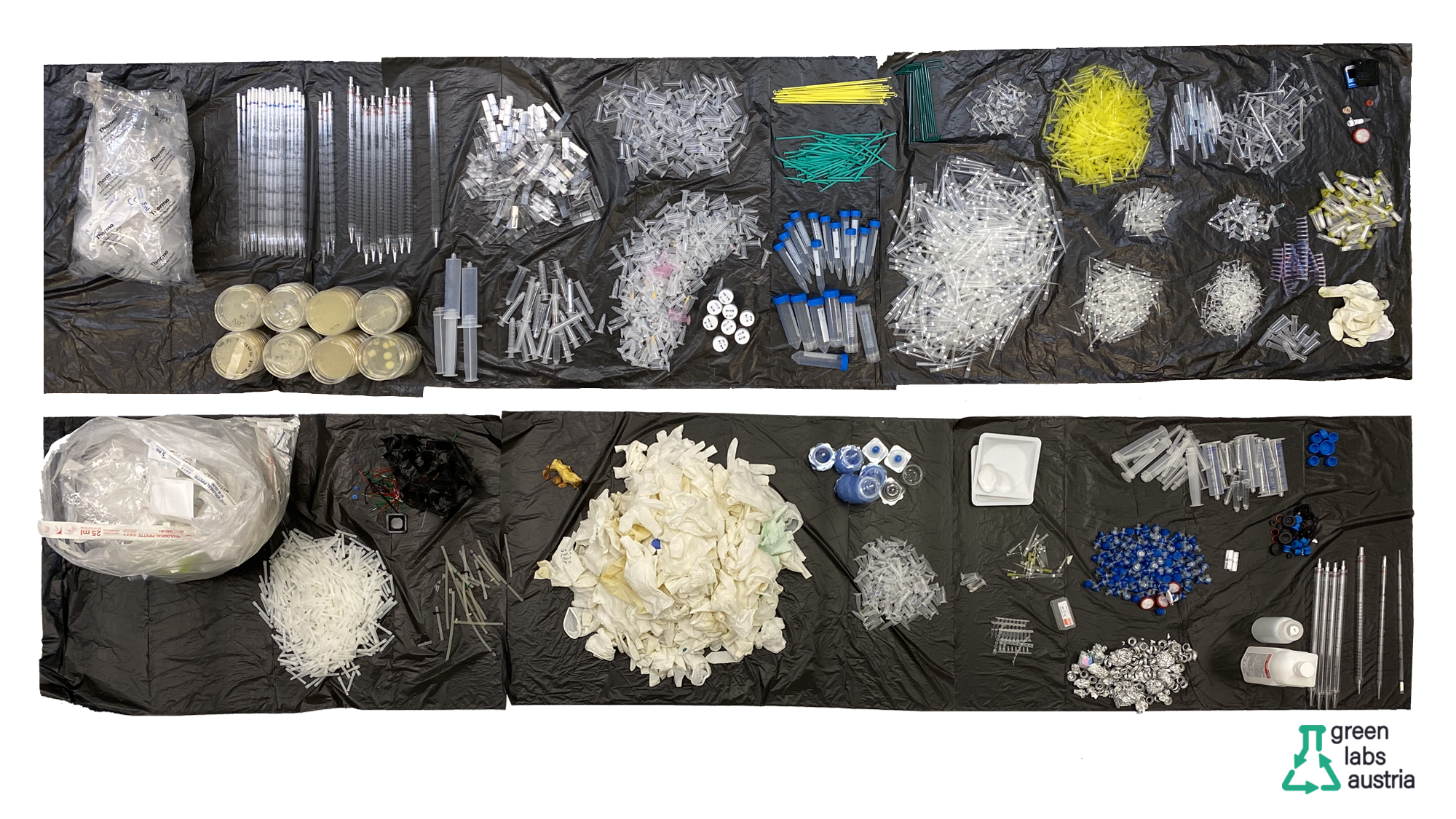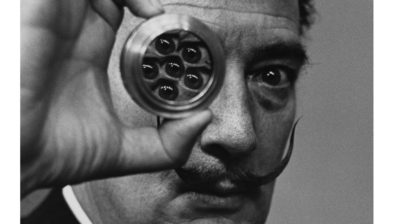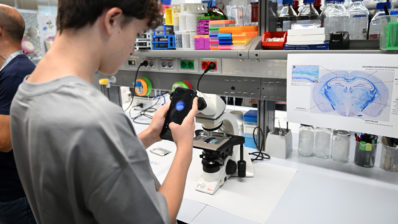When you ask someone who does biomedical research why they like their job, there are some recurring answers: the satisfaction of being able to answer the questions you ask yourself, the passion for an exciting job or the will to find something, no matter how small, that can improve people’s lives. But in pursuit of this desire to help society, the research world has neglected other aspects.
Research laboratories consume a lot of energy. Centrifuges, fume hoods, freezers and deep freezers (the so-called -80ºC), are “inhabitants” of most laboratories. And they are also the devices that use the most energy.
On the other hand, laboratories are highly “plasticized” environments. Tubes, Petri dishes or pippette tips that were made of glass years ago are now made of plastic; a cheap and resistant material, but in most cases for single use. And, with the aim of preserving sterility, most of these items are individually packaged.
For this reason, several initiatives have sprung up around the world to try to have more sustainable research laboratories.
Today, on the occasion of the laboratory waste day, held annually on the third Tuesday of September, we want to collect some of the advice shared by the most experts on the subject.
Everything that comes in will have to go out
All materials purchased for experiments will eventually be discarded after use. But not everything we have in the laboratory is biohazardous and we often find ourselves with exaggerated packaging. What researcher has never been in such a situation?
Here’s some tips to reduce and better manage the waste that leaves the laboratory:
- If possible, avoid using disposable items. Whenever possible, use reusable glass or plastic utensils.
- Reuse and refill the tip boxes.
- Recycle everything you can. Not everything in the laboratory is biohazardous. Use the different types if containers available.
- Whenever you can, and if needed, buy large packages. This way you can optimize the packaging. If you buy little, get together with other laboratories that buy the same product.
- Ask your suppliers for more sustainable options: other materials, package collection or smaller packages.
Controlling the temperature
Keeping samples at -80ºC consumes a lot of energy. A simple comparison is that, at the end of the year, an ultrafreezer emits the same CO2 as a whole house. That is why a new movement has emerged in favor of raising the temperature of freezers. Because, by raising the temperature by 10ºC we can save up to a quarter of the energy consumed by the freezer.
- Think if you can raise the temperature of the freezers from -80ºC to -70ºC.
- If not, draw plans to clearly identify where the samples are and minimize the time the door is open.
- If you see ice on the door, wipe it off! Regular cleaning of the freezer helps the machine cool down better and avoids extraordinary energy expenditure.
- Assess well where to store the samples. It is not necessary to store everything in the freezer.
The 63 ultrafreezers at the Hospital del Mar Medical Research Institute (IMIM) are kept at -75ºC and the emergency ones at -60ºC. Thus they save energy and extend the life of the appliances.
The Barcelona Biomedical Research Park (PRBB) has modified the building’s cold circuit, which has meant a saving of 170,000 Kwats, or 10% of the energy consumed in refrigeration
Optimise energy
Despite the fact that freezers are responsible for a lot of the energy consumption of the laboratory, they are not the only ones. Other things you can do to optimize energy consumption are:
- Don’t leave extractor hoods on when not needed.
- Turn off the centrifuge. It is not necessary to be on ‘stand by’ constantly.
- Turn off baths or heating blocks when you don’t need them.
- Avoid leaving the PCR running overnight. Maybe a partner can take it out for you!
- Put the autoclave or dishwasher on only when they are full. This way you will also optimize water consumption.
The PRBB is changing all the bulbs in the hallways for LEDs. This change has already been made in the animal facility, where 660 fluorescent bulbs have been replaced.
In addition, the park will install solar panels on the roof to produce part of the energy it consumes.
You can be a seed for change
More and more research institutions have a person in charge of ensuring sustainability; because fact is that often the measures that have been proposed cannot be taken individually. However, there are actions that each of us can do to have more sustainable laboratories, in addition to following the advice in the previous sections. For instance:
- The pandemic has already shown us that we can meet in many ways. Go to virtual conferences whenever possible.
- Find out, experiment, share your concerns and organize yourself to work in a group.
Many things to keep in mind? Maybe so! But everything is easier when you have a list 🙂
Agreements: Marta Rodríguez Martínez
Sources: Green Labs Austria, Freezer challenge, Lab concious, Laboratory efficiency action network, London’s Global University, My green lab.







